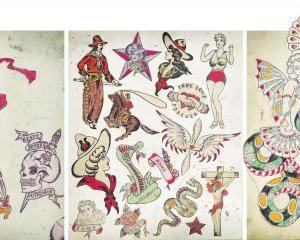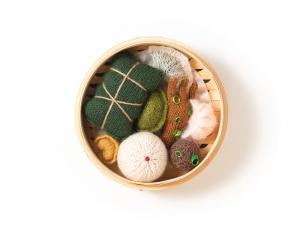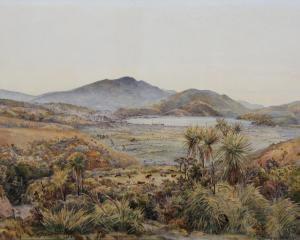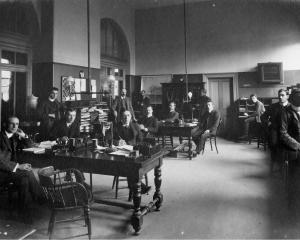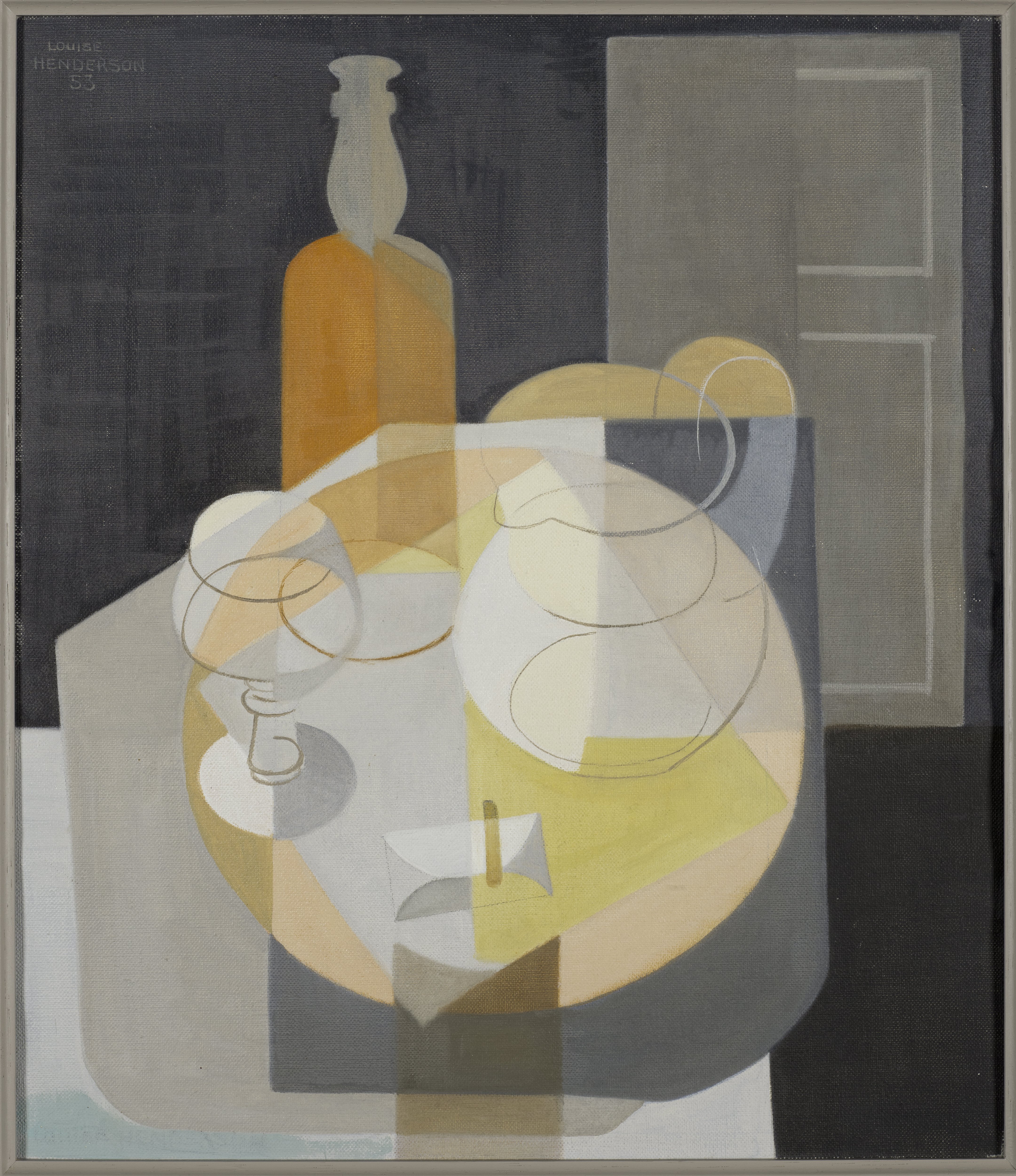
At this time, Paris was the global centre of the arts and home to Stravinsky, Debussy, Proust, Matisse, Picasso and Rodin. The latter employed Henderson’s father, and her grandfather was also a painter and worked for the Ministry of Culture in the 19th century.
In 1925, she married a Kiwi and left Paris for a new life in Christchurch. In keeping with her lineage, she enrolled at art school in Canterbury. There she studied the European modernists, such as Cezanne, but in the unique landscape of the South Island. Alongside Rita Angus and Olivia Spencer-Bower, Henderson became a central figure within the Canterbury Group. She travelled with Angus by train to paint Cass alongside her in 1936.
After a while, Henderson became interested in Cubism and in the 1950s she attended art school in Auckland and Paris, where she painted at Cubist icon Jean Metzinger’s atelier. While she began to apply Cubist strategies to her still-life paintings, she never fully departed from the flat, decorative, naturalistic style of the Canterbury School. This is evident in Still Life (1958), a painting bequeathed to the Hocken Pictorial Collection in 1973 by Charles Brasch.
In this painting, sophisticated yet subtle colours guide the eye across a flat, animated surface. For Cubists, acknowledging the flatness of the picture-plane was crucial but so too was giving all objects in the image an equal level of importance. Here, a tiny cigarette is painted with as much priority as a large door. Though where the magic lies in this painting isn’t just the delightful influence of Cubism, it is in Henderson’s use of black to create the perfect amount of negative space to frame the still life.
Henderson’s "cubist years" were a critical yet brief moment in her long career, beginning with a solo exhibition of 41 paintings at Auckland City Art Gallery in November of 1953, upon her return from Europe. Her work was received with considerable interest, this moment becoming a turning point in the story of New Zealand art. It was a time when Modernism was settling into the psyche of the New Zealand artist. The likes of Colin McCahon and Milan Mrkusich were also pioneering new approaches to painting, as well as female artists such as Bessie Christie, Evelyn Page, Juliet Peter and Lois White. One critic of Henderson’s exhibition even wrote: "The country is growing up when a serious and significant painter, working in the cubist idiom, can exhibit this way and not be a voice in the wilderness.” Perhaps the 1950s could be considered New Zealand art’s own Golden Age.
As dramatically as she adopted Cubism, she left it behind, moving into a period of painterly abstraction in the 1960s, which saw her continue to explore even more complex territory. Arguably, this moment in her long career has always remained in play, as artists have long used Cubism as a springboard to their own style.
Dame Louise Henderson is remembered for, as curator Christina Barton once said, "her ability to transplant the urbane values of European culture to the raw soil of New Zealand". But while she was often seen as leading the rebellion against conservative provincialism, it must be asked, where would she have been without it?
See it
Dame Louise Henderson’s Still Life can be viewed at the Hocken weekdays from 1pm-4pm in the Pictorial Collections reading room on level 1; during Hocken free tours on Wednesdays at 11am and 2pm; or during "What’s in Store? Art!", the Hocken’s "first Saturday of the month" art tours, 11am-noon.
Chloe Geoghegan is Curator – Art, Hocken Collections.



